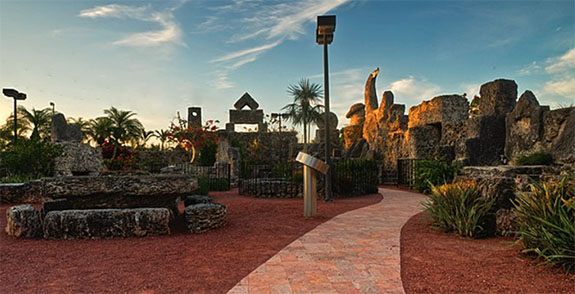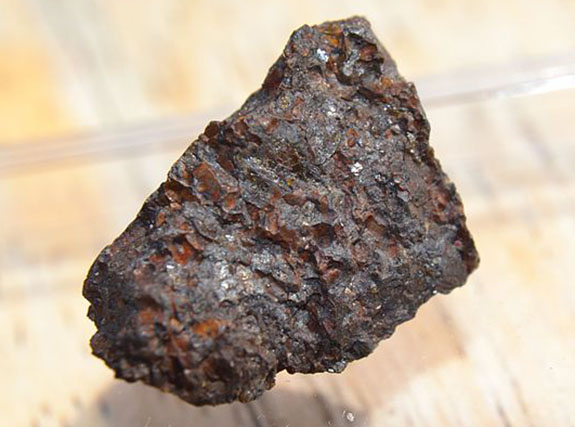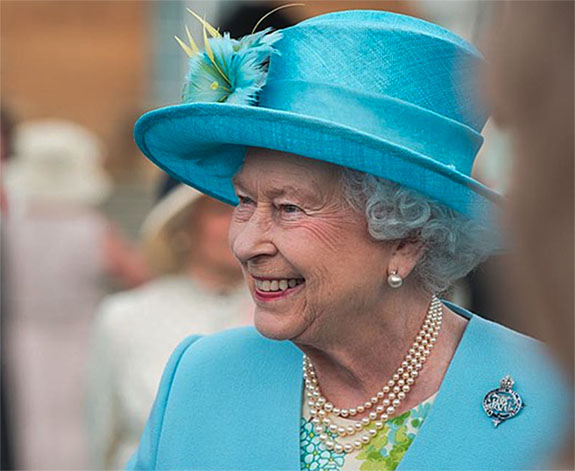Welcome to Music Friday when we bring you outstanding songs with jewelry, gemstones or precious metals in the title or lyrics. Today, British rocker Billy Idol performs “Sweet Sixteen,” a song inspired by the tragic love story of Edward Leedskalnin and the girl who left him at the altar.
Idol takes on the role of Leedskalnin as he sings, “I’ll do anything / For my sweet sixteen / And I’ll do anything / For little run away child / Gave my heart an engagement ring / She took ev’rything / Ev’rything I gave her / Oh sweet sixteen.”
Leedskalnin, a 26-year-old Latvian, was engaged to Agnes Scuffs in 1923. One day before their scheduled wedding, Scuffs, who was 10 years his junior, broke off the engagement.
Devastated by their parting, Leedskalnin emigrated to the US, where he bought a piece of land in south Florida and for the next 25 years single-handedly sculpted 1,100 short tons of coral rock into a fanciful castle complex. He dedicated “Rock Gate Park” to Scuffs, who he called his “Sweet Sixteen,” but could never win her back.
Idol visited Rock Gate Park, which had been renamed Coral Castle, in the early 1980s and was so intrigued by Leedskalnin’s story that he decided to write a song about it. Framed photos of Idol’s visit are featured in the Coral Castle gift shop in Homestead, FL.
Idol references the incredible coral sculptures Leedskalnin built in her honor. Even to this day, a mystery surrounds how the amateur sculptor — who was 5 feet tall, weighed 100 pounds and managed only a 4th grade education — was able to carve the huge boulders and move them without any outside help. The attraction is on the National Register of Historic Places.
“Sweet Sixteen” was the fourth track on Idol’s Whiplash Smile album, which sold more than one million copies and peaked at #6 on the US Billboard 200 in 1986. The single reached #20 on the US Billboard Hot 100 and the official video has been viewed on YouTube more than 23 million times.
Idol was a key member of the MTV-fueled “Second British Invasion” of the United States back in the early 1980s. Among his most popular songs from that era are “Dancing with Myself,” “White Wedding,” “Rebel Yell” and “Eyes Without a Face.” The 66-year-old rocker is still actively touring.
Check out the official video for “Sweet Sixteen.” During the first 10 seconds of the video one can see a photo of Leedskalnin standing inside his complex under the title, “Love Turned to Stone.” The lyrics are below if you’d like to sing along…
“Sweet Sixteen”
Written and performed by Billy Idol.
I’ll do anything
For my sweet sixteen,
And I’ll do anything
For little runaway child
Gave my heart an engagement ring.
She took ev’rything.
Ev’rything I gave her,
Oh sweet sixteen.
Built a moon
For a rocking chair.
I never guessed it would
Rock her far from here
Oh, oh, oh, oh.
Someone’s built a candy castle
For my sweet sixteen.
Someone’s built a candy brain
And filled it in.
Well I’ll do anything
For my sweet sixteen
Oh I’ll do anything
For little runaway child
Well, memories will burn you.
Memories grow older as people can
They just get colder
Like sweet sixteen
Oh, I see it’s clear
Baby, that you are
All through here
Oh, oh, oh, oh.
Someone’s built a candy castle
For my sweet sixteen,
Someone’s built a candy house
To house her in.
Someone’s built a candy castle
For my sweet sixteen.
Someone’s built a candy brain
And filled it in.
And I do anything
For my sweet sixteen
Oh, I do anything
For little runaway girl.
Yeah, sad and lonely and blue.
Yeah, gettin’ over you.
How, how do you think it feels
Yeah to get up in the morning, get over you.
Up in the morning, get over you.
Wipe away the tears, get over you,
get over, get over…
My sweet sixteen
Oh runaway child
Oh sweet sixteen
Little runaway girl.
Gave my heart an engagement ring
She left everything
Everything I gave her
Sweet sixteen
Built a moon
For a rocking chair,
Never guessed it would
Rock her far from here
Oh, oh, oh
Someone’s built a candy castle
For my sweet sixteen.
Someone’s built a candy house
To house her in.
Someone’s built a candy castle
For my sweet sixteen
Someone’s built a candy house
To house her in.
And I’ll do anything
For my sweet sixteen
Oh, I’ll do anything
For little runaway child.
Do anything
For my sweet sixteen
I’ll do anything
For little runaway girl
Little runaway girl
Oh sweet sixteen
Oh sweet sixteen
Oh.
Credits: Billy Idol photo by DoD News, CC BY 2.0, via Wikimedia Commons. Coral Castle photo by Barry haynes, CC BY-SA 3.0, via Wikimedia Commons




